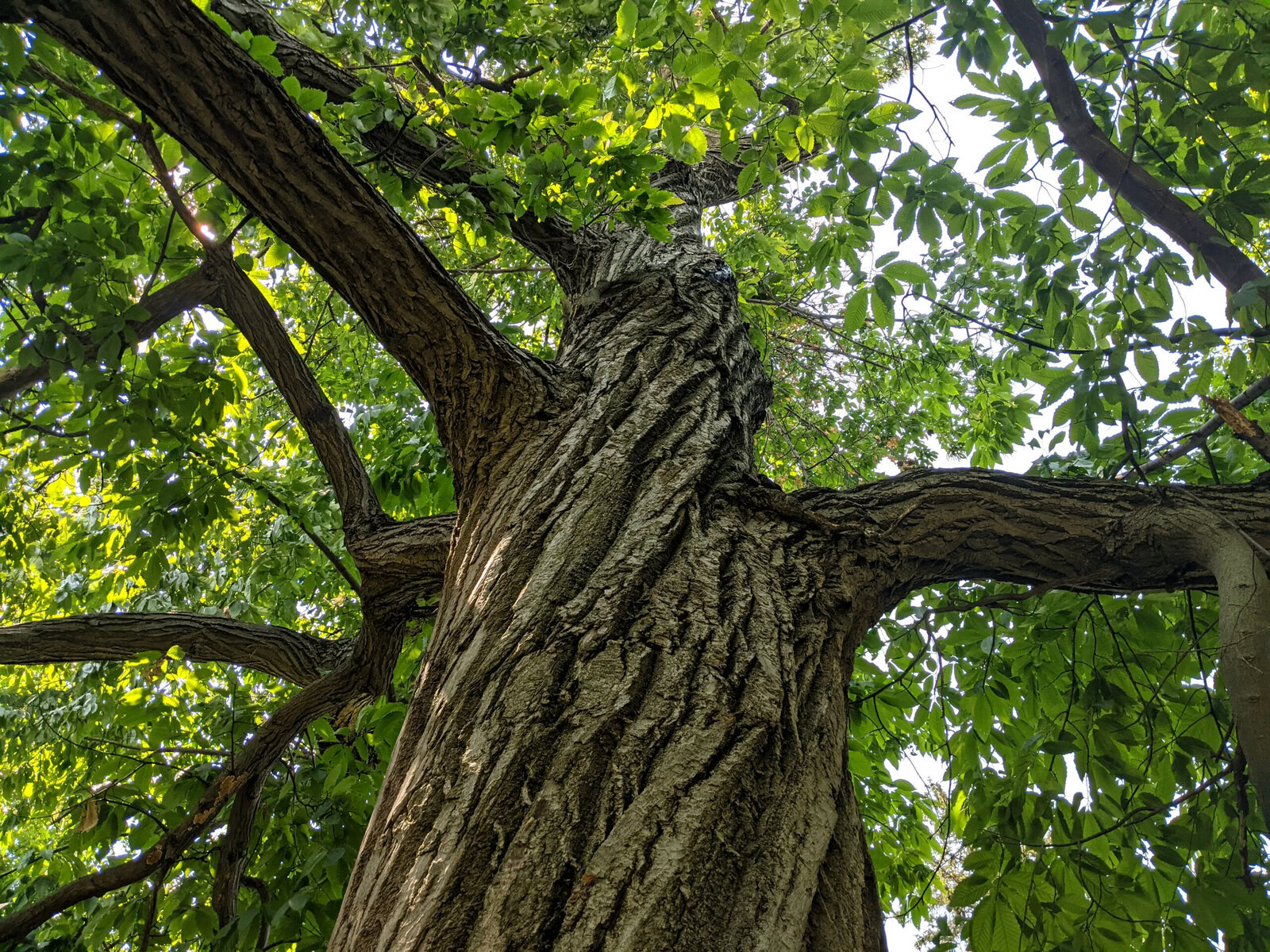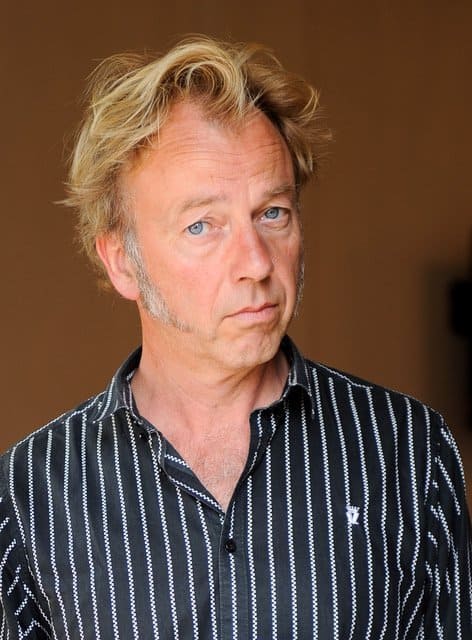Trees are a rarity in Egypt. Ninety-six percent of the country is desert, and the parts that are not are either farmed intensively or populated densely, usually along the banks of the Nile.
So when the row of towering trees appears on the horizon against the pale yellow sand and electric blue sky, I catch my breath. A Fata Morgana? Far from it. On a narrow road, lined with eucalyptus trees 50 feet high, the car rolls into the commercial Serapium Forest, an ethereal woodland kingdom rising from the landscape. Here, 500 acres of timber grow in the scorching heat of the desert west of the Suez Canal. “See how big it has grown in just 20 years,” says Hossam Hammad, knocking on the trunk of one of the trees, its trunk three feet in circumference. “It would have taken 100 years to grow like this elsewhere.”
Hammad, a professor of agriculture at Ain Shams University in Cairo, says that Egypt’s blazing sun is one reason for the rapid growth. At 2,200 kilowatt hours per square meter per year, it radiates twice as intensely in the Sahara Desert as it does in Central Europe.

But even more stimulating to the trees’ growth is what they drink. The Serapium Forest is irrigated with treated wastewater, which provides the massive plants with a natural source of fertilizer. “The wastewater is rich in phosphorus and nitrogen,” explains Hammad — a naturally occurring MiracleGro once separated from human fecal matter. The trees can’t get enough of it.
The water comes from the nearby city of Ismalia, population 400,000. There, it is freed from its coarse solids and pumped through a dozen miles of pipeline to this spot. Here at the forest site, settling basins separate even more solids. The final cleaning phase is carried out by microorganisms in huge vats, into which oxygen is pumped to accelerate the bacterial purification process.
These nutrients effectively supercharge the forest, which was created as part of Egypt’s National Program for the Safe Use of Treated Sewage Water for Afforestation, launched 25 years ago. Under the initiative, plantations with timber are to be established on a total of 2,500 square miles at different desert locations, irrigated with the wastewater from nearby urban centers.
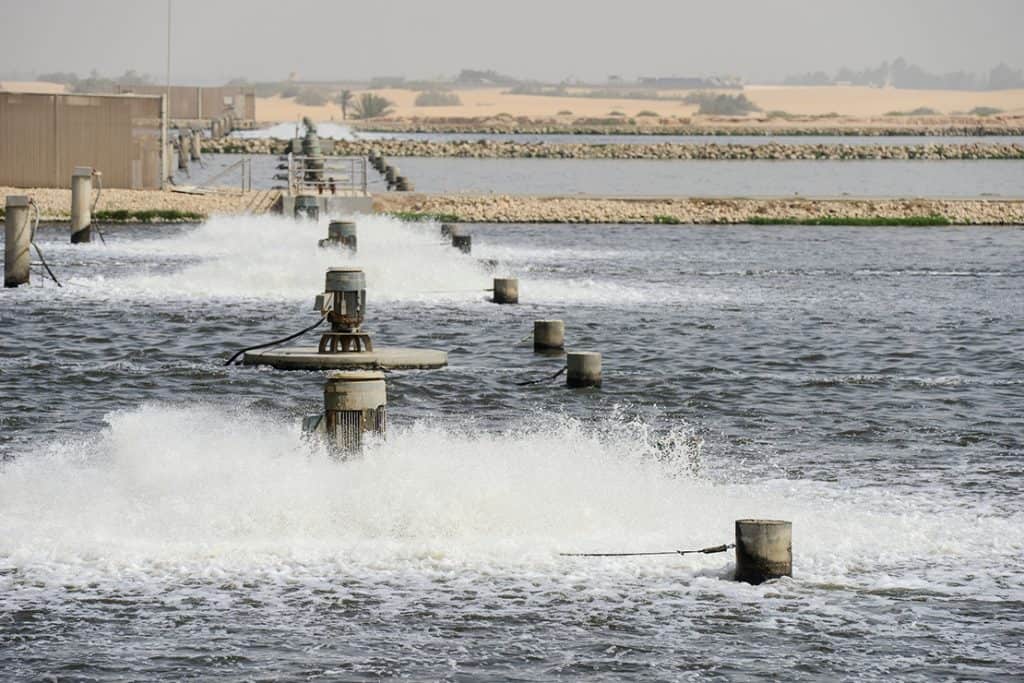
Diverting the sewage water for forest irrigation reduces pollution in the Nile, Egypt’s most precious source of drinking water. The trees also absorb greenhouse gases and release oxygen, helping Egypt meet the ambitious goals it set at the UN’s first climate conference in Rio de Janeiro in 1992.
But for Egypt, the forests’ greatest potential may lie in their ability to solve an urgent ecological problem: the spread of deserts. Already, deserts cover one third of the earth’s surface, each year expanding by thousands of square miles. An exact figure is difficult to determine, but some estimates peg worldwide desertification as increasing by an area the size of Ireland every year.
Forests can slow this process. Trees stop erosion, provide shade and moisture, moderate temperature fluctuations and provide habitats for other plants. If they are large enough and planted in the right places, they can even cause rain.
“Afforestation with waste water has great potential,” says Hany El Kateb, a native Egyptian who teaches forestry science at the Technical University of Munich. “We could provide work in arid regions around the world and give people a reason not to leave.” El Kateb has tracked the reforestation in Serapium and at two other locations almost from the very beginning, and sees enormous potential in the projects. “Egypt’s 97 million inhabitants produce seven billion cubic meters of wastewater every year, enough to green 1.6 million acres of desert.”
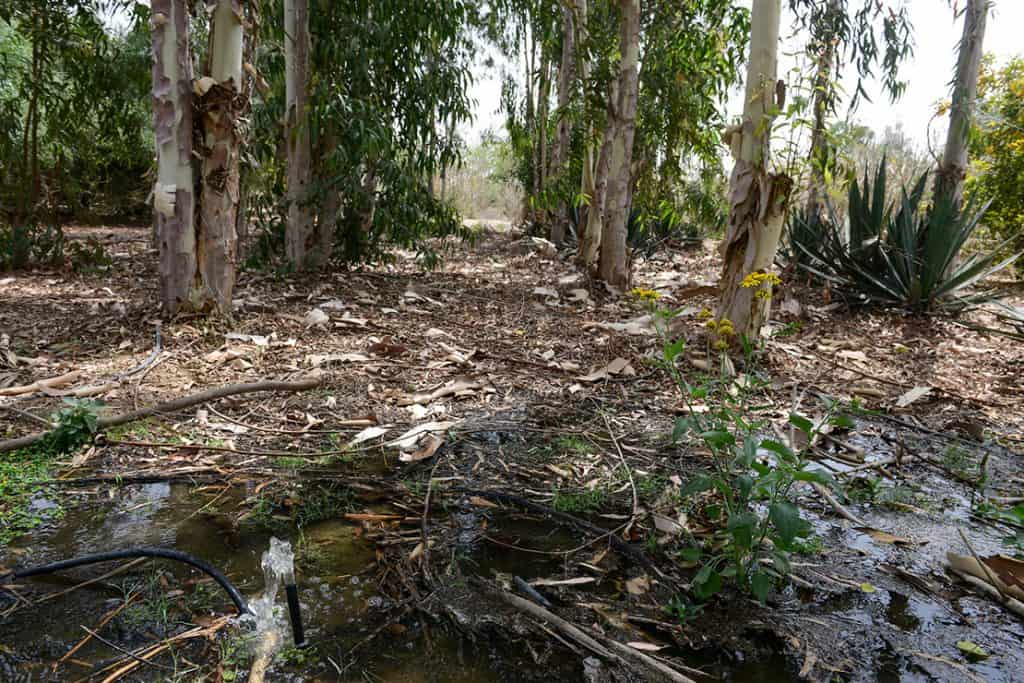
El Kateb’s research aims to determine which tree species are most suitable for cultivation in desert environs. For over five years now, almost 30 different varieties have been growing on a testing site in the Serapium Forest, including high-quality woods such as teak, mahogany and Indian rosewood, and the plant Jatropha, which can be used as an alternative energy source for biofuel.
The research was supported by Forest Finance, a German forest investment company that has already established near-natural commercial forests in Panama and Vietnam. “We see the use of wastewater and desert land as an opportunity to build an economic model for sustainable forestry in arid regions,” says Dirk Walterspacher, Managing Director of Forest Finance. “This is where climate protection, the push back of the desert, wastewater recycling and sustainable forest management interlock.“
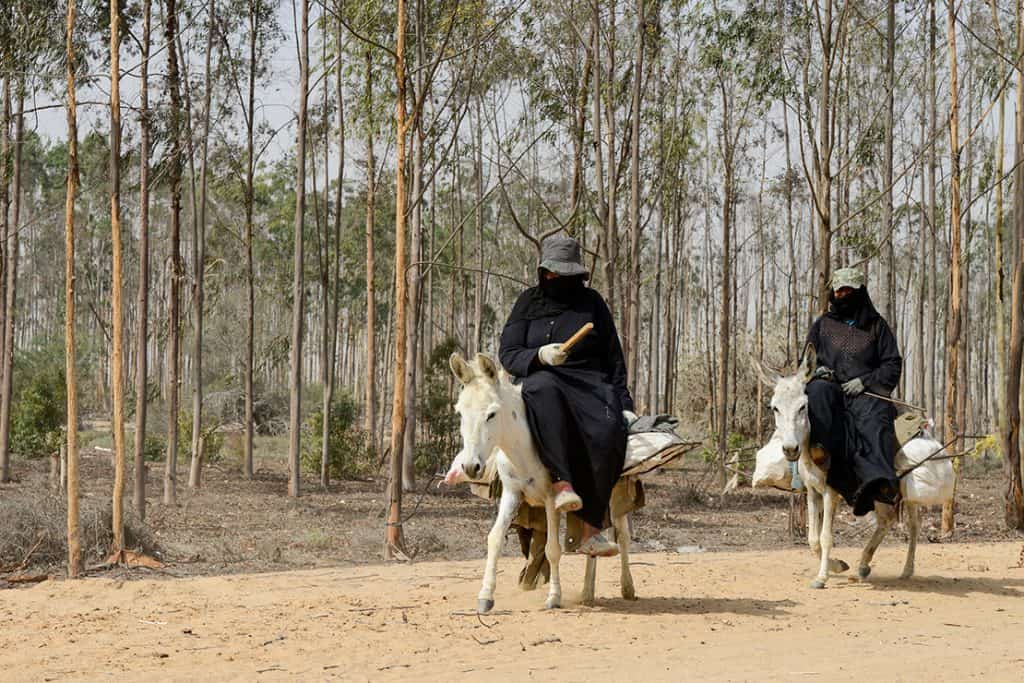
Forest Finance wants to establish a plantation on a part of Serapium with a wider variety of tree species. That could contribute to the biodiversity of the commercial forest and to the profitability.
The demand for wood on the national market is high. Up until now, the Egyptian government has been planting and harvesting fast growing woods like eucalyptus in Serapium. But with new insights from the cooperation with Forest Finance and the Technical University of Munich, they can now start growing high quality woods to achieve better prices and more economic sustainability.
But first they have to overcome a number of hurdles. For instance, with so few trees in the country, there is very little forestry knowledge in Egypt, making skilled workers hard to find. As a result, for example, a disease damaged the trees in one part of Serapium due to careless maintenance. The workers had to cut down all the trees at once instead of harvesting little by little. Hossam Hammad points toward the clear cut area where workers are struggling to plant new seedlings in the scorching sun without wind protection and shade. The professor shakes his head. “Fertile soil and the microclimate are thus lost.”
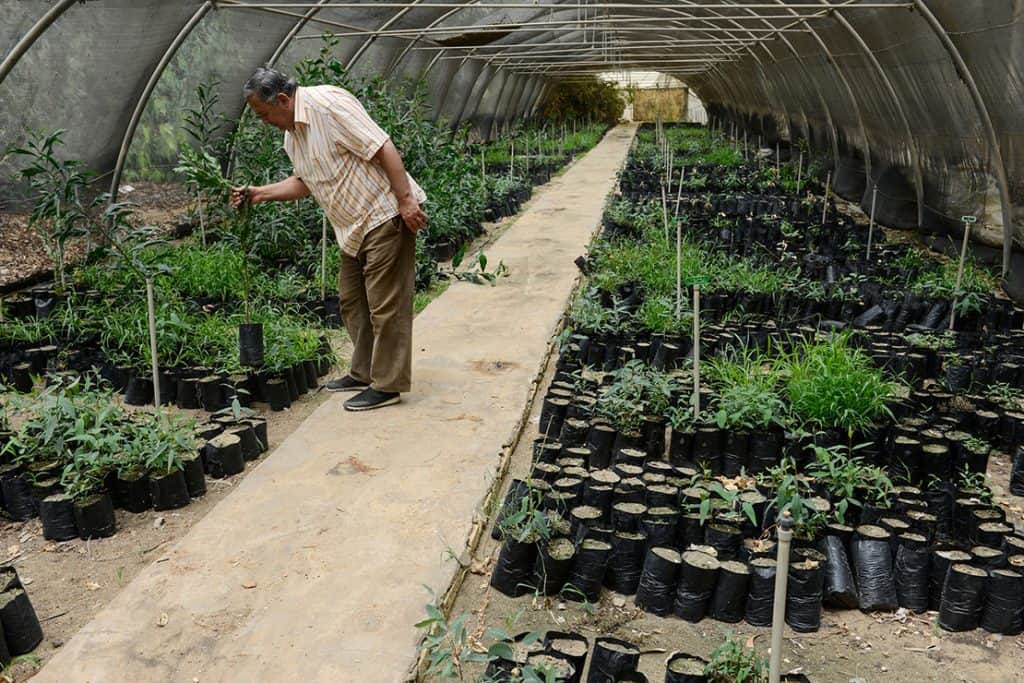
But the Serapium Forest is one of the more successful of the 36 planned forests within the program. Others dried out because of damaged pumps which could not be repaired or replaced. Much of the dysfunction and neglect has been due to political instability since the 2011 revolution, which has left the forest with inadequate stewardship. Functionaries change frequently. Corruption was and is widespread. The economic situation is catastrophic. These conditions have left Serapium Forest in a precarious position.
Nevertheless, it is still there on 500 acres of former wasteland as a green wall against desertification. That’s why Hany El Kateb is convinced. The time will come when the sight of rows of trees on the horizon of Egypt’s pale yellow desert will no longer be a surprise. “Forestry in the desert irrigated with sewage water can solve many urgent problems if the conditions are right,” he says.
See more of Joerg Boethling’s beautiful photographs of the Separium Forest here.





